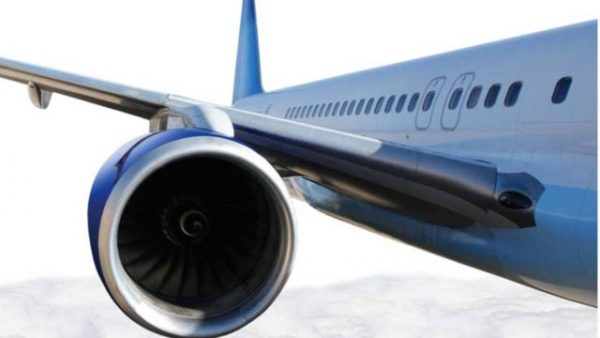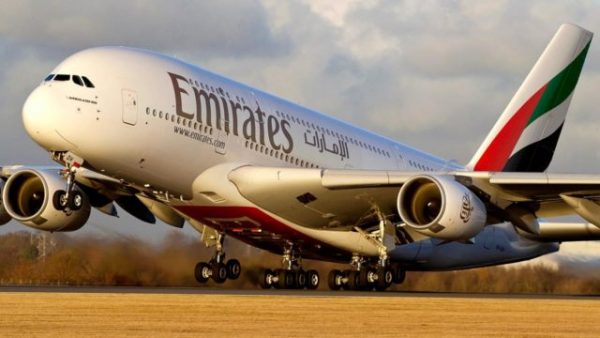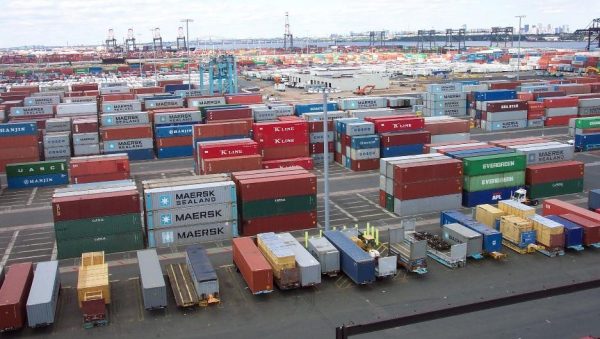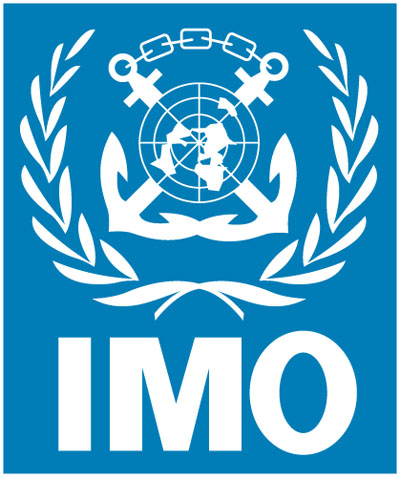Airlines recorded slow traffic growth in February
 Airlines recorded slow growth in passenger demand for the month of February, with total Revenue Passenger Kilometers (RPKs) rising by 5.3 per cent, compared to February 2018.
Airlines recorded slow growth in passenger demand for the month of February, with total Revenue Passenger Kilometers (RPKs) rising by 5.3 per cent, compared to February 2018.
The International Air Transport Association (IATA), in a global passenger traffic results for February 2019, observed that the slowest rate of growth in more than a year is still in line with long-term demand trends. Monthly capacity- Available Seat Kilometers (ASKs) increased by 5.4 per cent, and load factor slipped 0.1 percentage point to 80.6 per cent, which is still high by historic standards.
IATA’s Director-General and Chief Executive Officer, Alexandre de Juniac, said after January’s strong performance, the industry settled down a bit in February, in line with concerns about the broader economic outlook. Continuing trade tensions between the U.S. and China, and unresolved uncertainty over Brexit are also weighing on the outlook for travel, de Juniac said.
February international passenger demand rose 4.6 per cent compared to February 2018, which was a slowdown from 5.9 per cent growth in January. Capacity climbed 5.1 per cent, and load factor dropped 0.4 percentage point to 79.5 per cent. Airlines in all regions but the Middle East showed traffic growth versus the year-ago period.
African airlines experienced a 2.5 per cent rise in traffic for the month compared to the year-ago period, down from 5.1per cent growth in January. Concerns over conditions in the largest economies are contributing to the slowdown. Capacity rose 0.3 per cent, and load factor climbed 1.5 percentage points to 69.7 per cent.
European carriers showed the strongest performance for a fifth consecutive month in February. Passenger demand increased by 7.6 per cent, compared to a year ago, unchanged from January. Europe’s continuing strong performance provides a paradox given Brexit concerns and signs of a softer economic outlook. Capacity rose 8.0 per cent and load factor slid 0.3 percentage point to 82.3 per cent, which still was the highest among regions.
Asia-Pacific airlines’ February traffic rose 4.2 per cent compared to the year-ago period, a substantial slowdown from the 7.2 per cent increase recorded in January. The timing of the Lunar New Year holiday in the first week of February this year may have shifted some traffic to January. Capacity increased 4.7 per cent and load factor dipped 0.3 percentage point to 81.0 per cent.
Middle East carriers recorded a 0.8 per cent traffic decline in February compared to a year ago, the only region to report a drop year-over-year. Capacity rose 2.9 per cent and load factor fell 2.7 percentage points to 72.6 per cent. Broadly speaking, passenger volumes of the region’s airlines have been moving sideways for the past 12 15 months.
North American airlines’ traffic climbed 4.2 per cent in February, a decline from 5.4 per cent growth in January. Capacity rose 2.9 per cent and load factor was up 1.0 percentage point to 79.0 per cent. Signs of softening economic activity at the end of 2018, in conjunction with the effects of ongoing tensions between the U.S. and several of its trading partners, may be mitigated by the region’s low unemployment and generally sound economic backdrop.
Latin American airlines saw traffic rise 4.3 per cent compared to February 2018, a slippage from 5.4 per cent annual growth in January. Capacity increased by 5.6 per cent, and load factor dropped 1.0 percentage point to 81.4 per cent. Renewed economic and political uncertainties in a number of key countries may weigh upon air transport demand in coming months.







